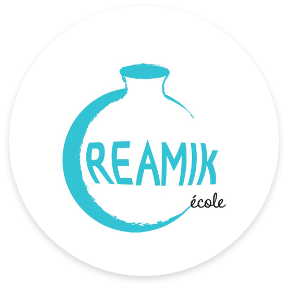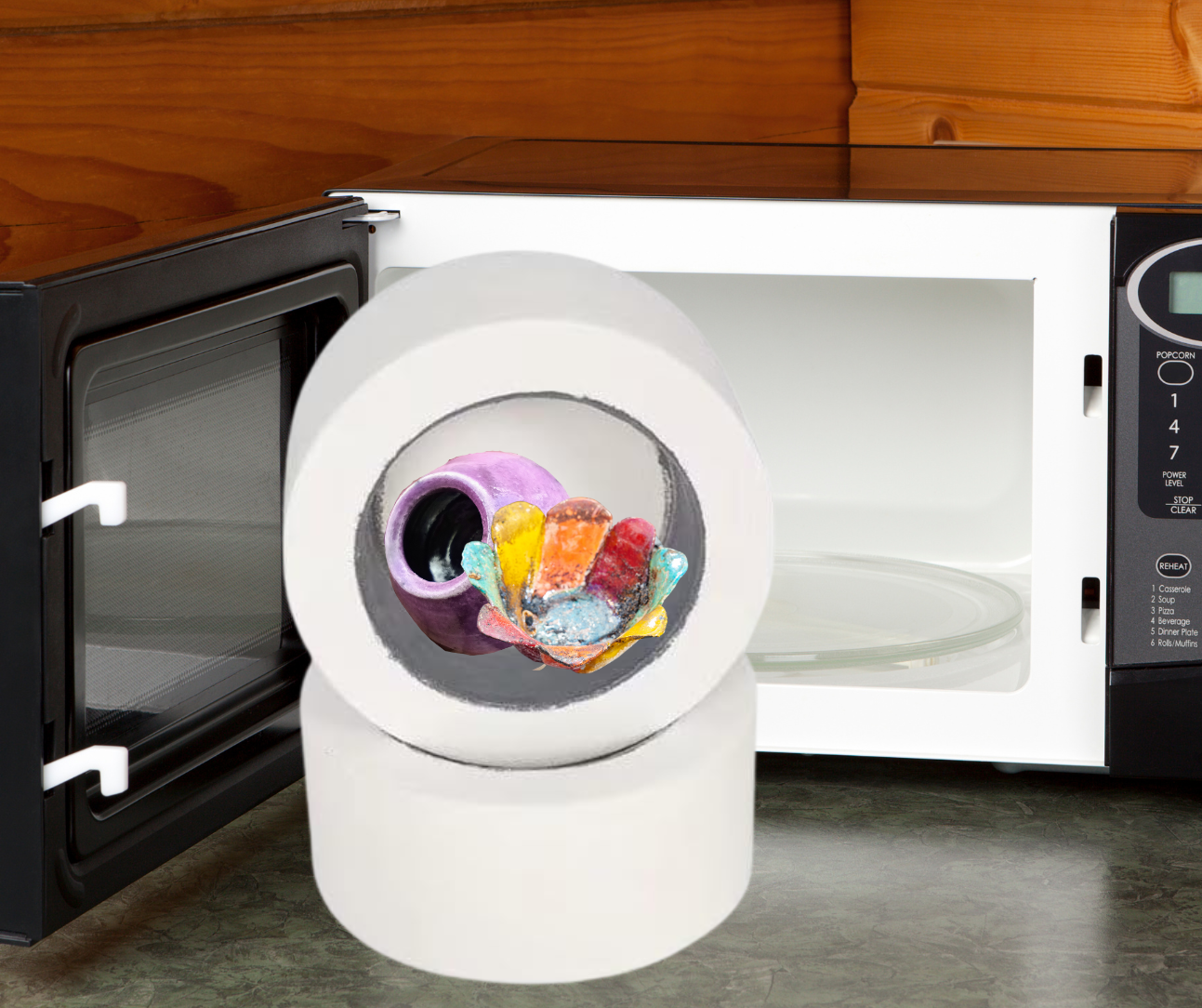-
Creamik School
Learn all about ceramicsProfessional ceramics training in Brittany, France, online pottery courses and free resource center. -
Creamik School
Learn all about ceramicsProfessional ceramics training in Brittany, France, online pottery courses and free resource center. -
Creamik School
Learn all about ceramicsProfessional ceramics training in Brittany, France, online pottery courses and free resource center.
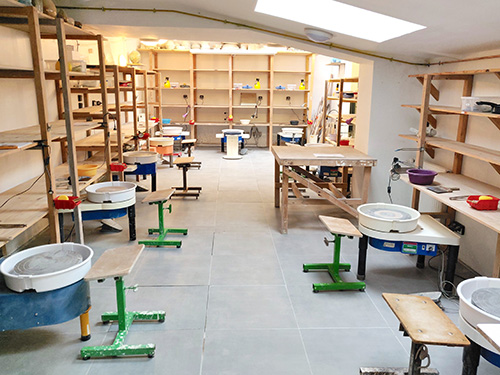
Certifying professional
training
(in French only)
In one year, learn the three essential pillars for earning a living from your new profession:
– Wheel throwing
– Glazing
– Mold making
By striking the right balance between
technique, productivity and creativity.
At the Créamik school, in an idyllic setting 200 meters from the sea, in Séné, Brittany.
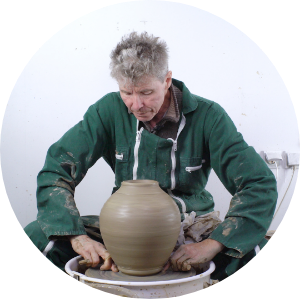
Online glazing courses
Learn remotely,
without being limited by time or place.
Matthieu Liévois reveals all his personal tips and tricks, acquired over 45 years of experience.
More than 10 years of teaching have enabled him to assess the difficulties students are having, which he can now anticipate.
Beginner and advanced levels
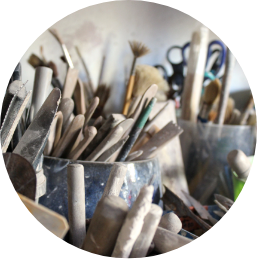
Online resource center
Free and constantly evolving,
to provide answers to your questions and advise you on best practices, choice of equipment, etc.
Based on experience:
Over 45 years, Matthieu Liévois has accumulated a lot of tips that are very useful in a ceramist’s workshop.
He shares them for the first time here with you.
Whether you are a novice or a seasoned amateur,
a future professional or already working as a potter,
if you want to progress in your pottery practice,
the Creamik school can help you!
My name is Matthieu Liévois. I have been a potter-ceramist for more than 40 years; I specialize in glazes. I founded the Creamik ceramics school in 2009.
Matthieu Liévois, Potter and Ceramist

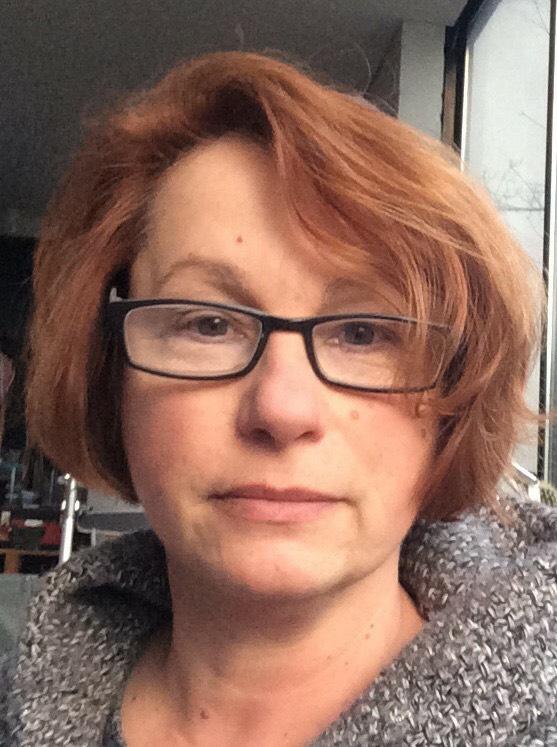

The last articles from our ceramics resources centre
From beginner to professional : choosing the right ceramic courses
Matthieu Liévois, The search for crystals
Can ceramics be fired in a microwave?
